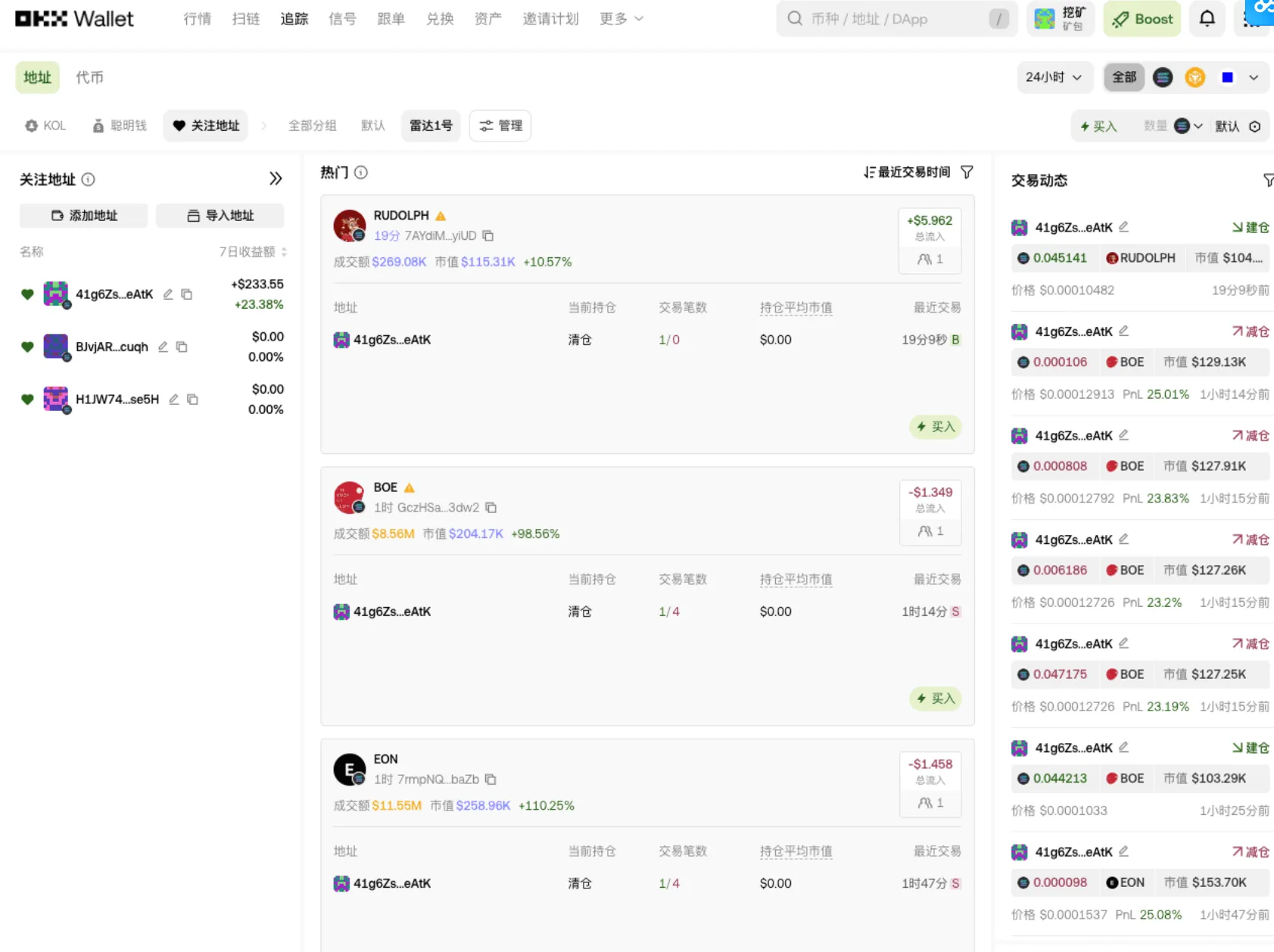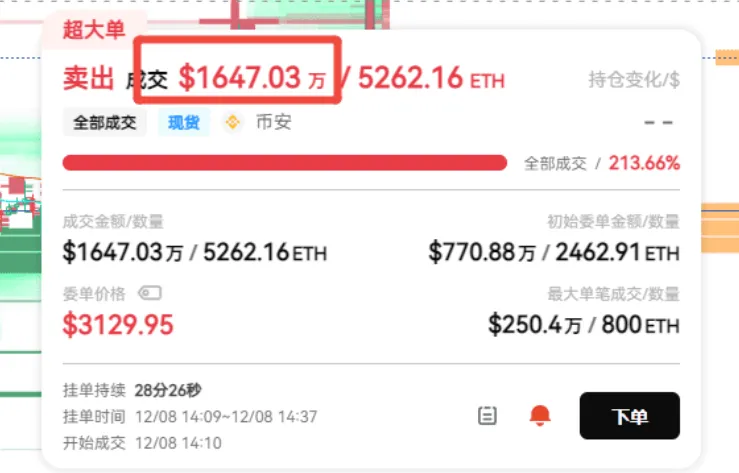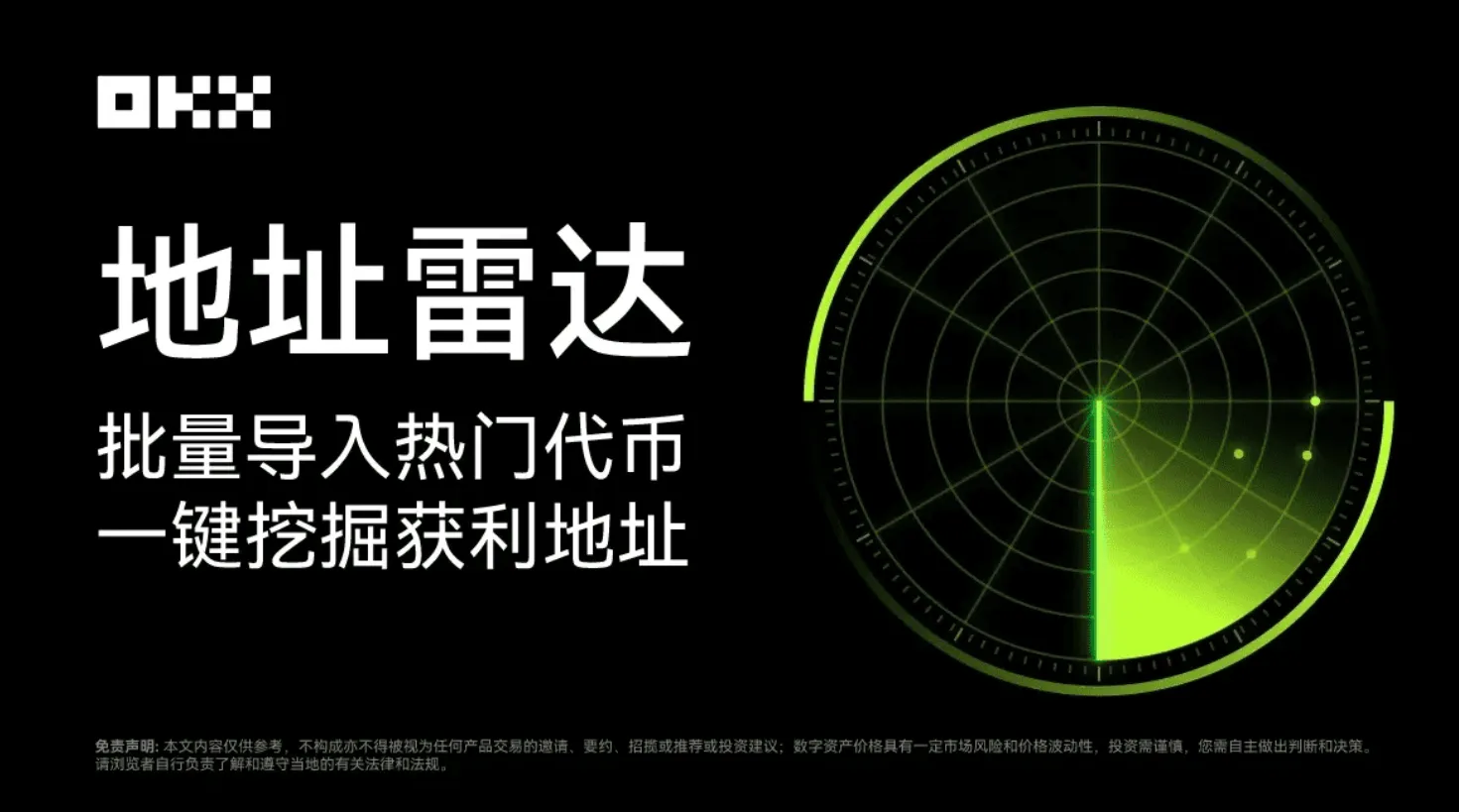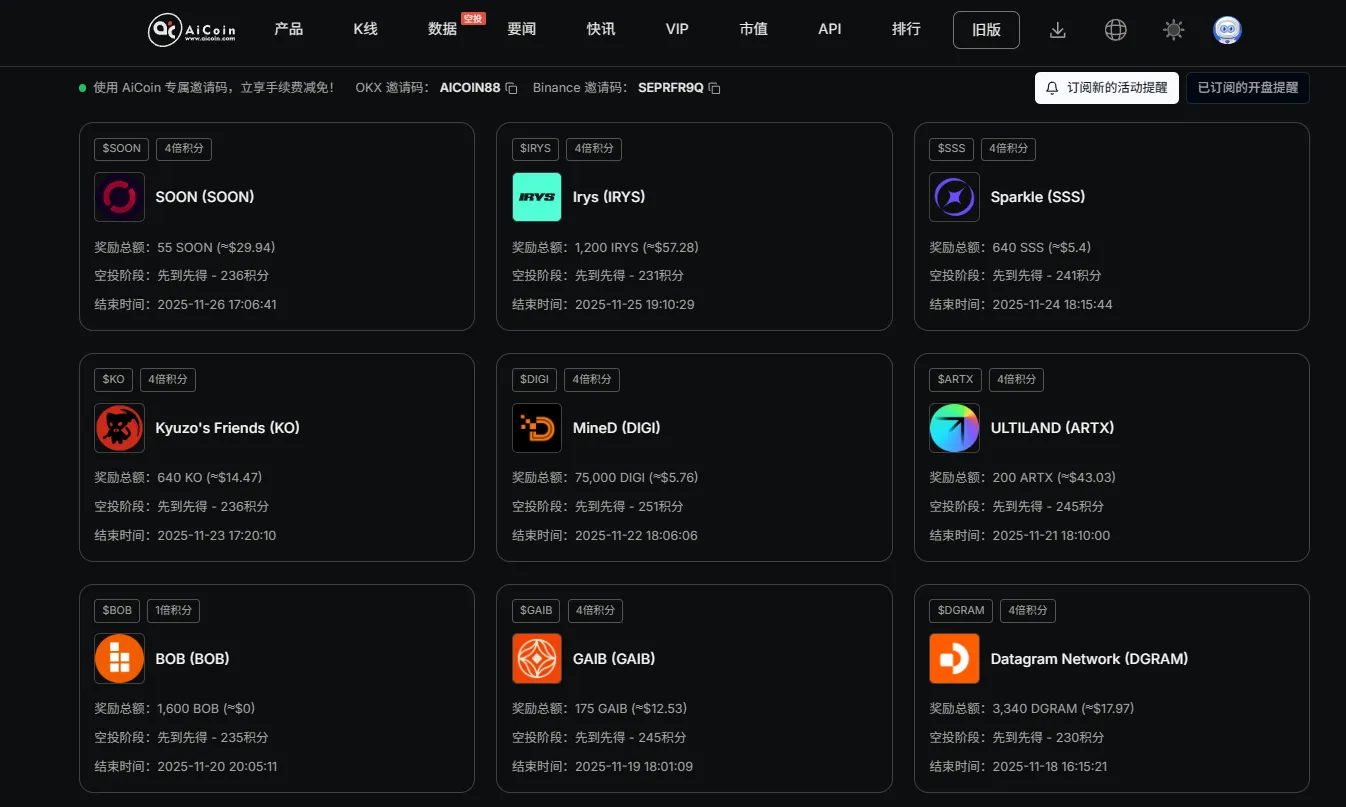On the afternoon of March 14th, AICoin researchers conducted a live graphic and text sharing session on AICoin PC-end - Group Chat - Live on "How to Use AICoin Twitter News Tracking and Flash News Tracking for Event-Driven Trading (Free Membership)". Here is a summary of the live content.
I. Concept of Event-Driven Trading
In the stock market, event-driven investment is an investment strategy aimed at taking advantage of situations where pricing efficiency may be low before or after an event. In the crypto market, trading is 24/7 and is more complex than before, filled with dog coins, hackers, and meme communities. By using event-driven elements (news information), one can better observe and explain the correlation between various token prices.
II. Direction and Effectiveness of Event Signals
Event-driven trading requires events that have already occurred or exist, and are disseminated through certain channels (Twitter, Telegram, various social media), influencing people's expectations or judgments and affecting token trading.
Event signals generally have three attitude directions: positive, neutral, negative.
There is a certain time window for the impact of event signals on token prices, and this period is crucial.
When everyone in the market is aware of this signal, the price will adjust quickly. Therefore, not only is speed important, but the logic of the event also needs to be clear, and one needs to understand how the event is transmitted to the price. Event signals are not always present, and one needs to distinguish between signals and noise, true and false, and the sources of information channels.
Eugene Fama proposed the "efficient market hypothesis" in 1970: in a strong efficient market, prices already reflect all known information. The effectiveness of the crypto market is uncertain, lying between semi-strong and weak efficient markets, but users can verify it through blockchain (wallets, TX…).
Example:
Grok is related to Musk's AI project Grok, but in reality, the token and the actual operation of the Grok project are unrelated.
This is a type of community memecoin, fermenting in emotions, tokens, celebrities, social media, etc.
(1) Its price fluctuations are basically only related to Musk's tweets.
This was the earliest one, and the dog coin shot up at the opening;
After Musk tweeted less frequently, the price also dropped.
(2) Musk mentioned opening Grok a few days ago, and it shot up again.
(3) If you want to play the dog coin, don't miss Musk's tweets; you can search for Musk on the mobile app to see his tweets in a timely manner.
III. Simple Classification of Event Signals
1. (Token Economics)
Increase in liquidity: (listed on Binance, Coinbase, Bithumb; market makers providing liquidity;)
Decrease in circulation and supply: (token burn, reduced unlockable supply, project buyback)
Increase in token value (important project upgrades, token empowerment)
Significance: The most obvious impact on token prices is the first point.
2. (Security)
Project RUG: actively rug pulling, removal of liquidity pools, official website or social media accounts being hacked or blocked
Hacking attacks to steal token assets
Important partners ceasing cooperation
Significance: Tokens go to zero, often due to project RUG.
3. (Partners or Investors)
Endorsement by fund investment (important VCs)
Project cooperation status (public chains, exchanges, traditional giants…)
Focus: Pay attention to funds like A16z, Paradigm, Binance Labs
4. (Community Culture)
Remarks by important figures (Musk, Vitalik Buterin, celebrities in the crypto community, important project founders, traditional financial giants)
Memes on social media (TikTok, X, Youtube…)
Actual operation of the project and user emotions (mockery, disgust, admiration, anger…)
Focus: Common on dog coins, many related dog coins are particularly active on DEX.
5. Example
AXL, which was listed shortly before the flash news was released.
IV. Implementation Process of Event-Driven Trading
Four processes
The first is judging short-term trends: market trends, risk fluctuations in token prices.
Recommendation: It is necessary to check the daily inflow data of spot BTC ETF; spot BTC ETF data can be found on BitMEX Research, Phyrex Ni; this reflects the attitude of the US stock market towards BTC.
The second is analysis of potential events: analyzing and summarizing events that have an impact on token prices.
Recommendation: Summarize more, observe more, and find commonalities to discover what influences token fluctuations.
Flash news is released daily, or some big Vs also release news on Twitter.
The third is execution of trades, mainly considering the time window of events and position risk control.
The fourth is to convert event signals into quantitative trading strategies through AI analysis and program algorithms.
Example
GBTC from Grayscale basically has outflows of funds every day; fund outflows are due to GBTC's fee rate of 1.5% per year, several times higher than other ETFs; during GBTC's negative premium period, many users buy in and choose to take profits at the high point of the market price; another reason is that many bankrupt crypto companies hold GBTC shares to sell for debt repayment, the most typical being FTX; ETFs have strengthened the connection between BTC and the volatility of the US stock market.
For more live content, please follow AICoin's "News/Information - Live Review" section and feel free to download AICoin PC-end.
免责声明:本文章仅代表作者个人观点,不代表本平台的立场和观点。本文章仅供信息分享,不构成对任何人的任何投资建议。用户与作者之间的任何争议,与本平台无关。如网页中刊载的文章或图片涉及侵权,请提供相关的权利证明和身份证明发送邮件到support@aicoin.com,本平台相关工作人员将会进行核查。




